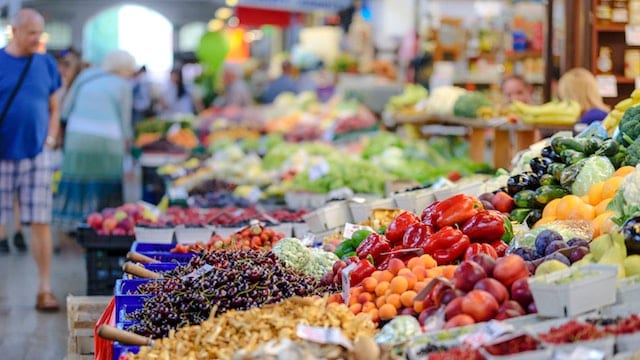Survey Shows Many Canadians Do Not Know Where Their Food Comes From
Published May 21, 2019 at 5:34 pm

Have you ever wondered whether a certain food product is organic and authentic?
You may be surprised, but according to a survey by Consorzio del Prosciutto di Parma, more than half of Canadian consumers have questioned the history and origin of a food product.
They also found that many do not know where their food is coming from, even though more than a third of Canadians consider themselves a foodie.
The survey defines a “foodie” as a person who tries new food regularly, eats at multiple restaurants every month, seeks quality ingredients and takes an interest in food origins.
Consorzio del Prosciutto di Parma, a family of 150 Prosciutto di Parma producers, conducted an online survey via Google from April 8 to 18. They surveyed 1,500 Canadians over the age of 18.
They state that Canadian consumers are finding it challenging to identify authentic products at a grocery shop. The marketing of many food products confuse consumers. The survey finds that consumers do not know how a food product is made or where it comes from.
About 33 per cent of Canadians are passionate about food authenticity and about 40 per cent state that it is important to know how their food is made. Additionally, about 44 per cent state that they look for the “100% natural” sign when shopping.
“We know that Canadians are smart shoppers and conscious consumers and they want to have a better, clearer understanding of what they eat and where their food comes from. For more than 20 years, we have worked to have products, like Prosciutto di Parma, protected in Canada so customers can feel confident that they are enjoying an authentic, quality product true to its history and origin,” said Chiara Iasiuolo, Consorzio del Prosciutto di Parma.
Chiara Iasiuolo of the Consorzio del Prosciutto di Parma offers three tips for foodies to help them identify authentic food products. First, people should look for authentic identifiers such as the Protected Designation of Origin stamp on cheese, ham or oils. Second, people should refrain from buying pre-packaged foods to help them ensure that they are receiving products that are genuine. Lastly, consumers should look at pricing since authentic products can be more expensive – because they require more time and less processing to produce. If a product is very cheap, it may be a red flag that it is not an authentic version.
INsauga's Editorial Standards and Policies